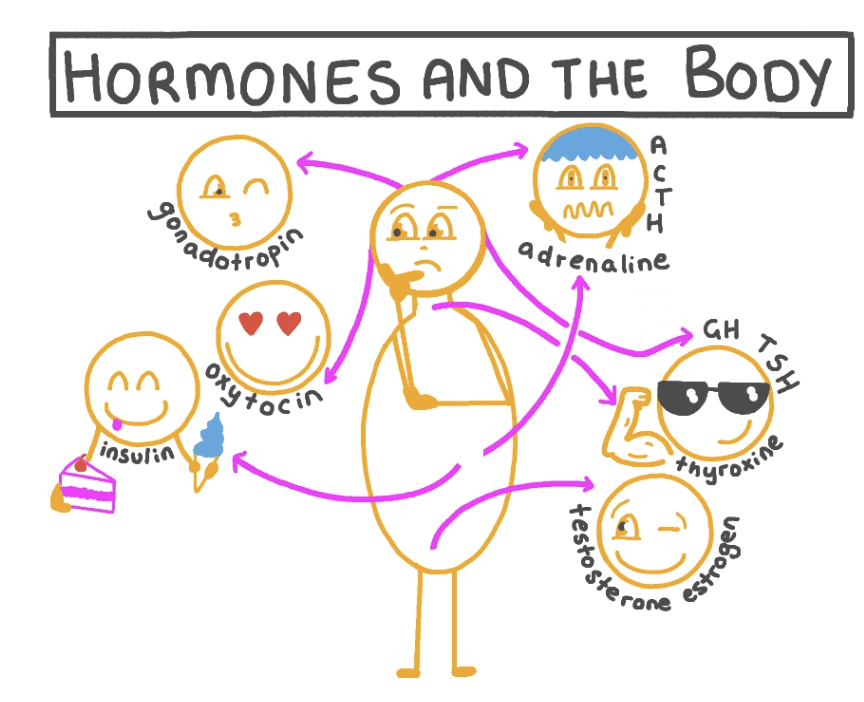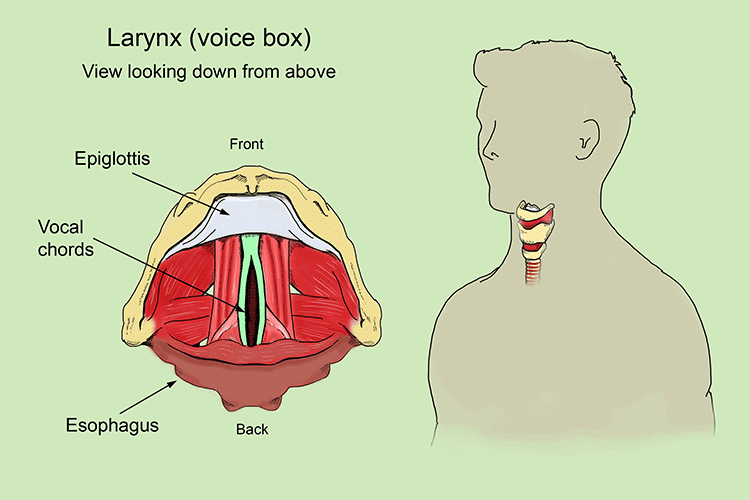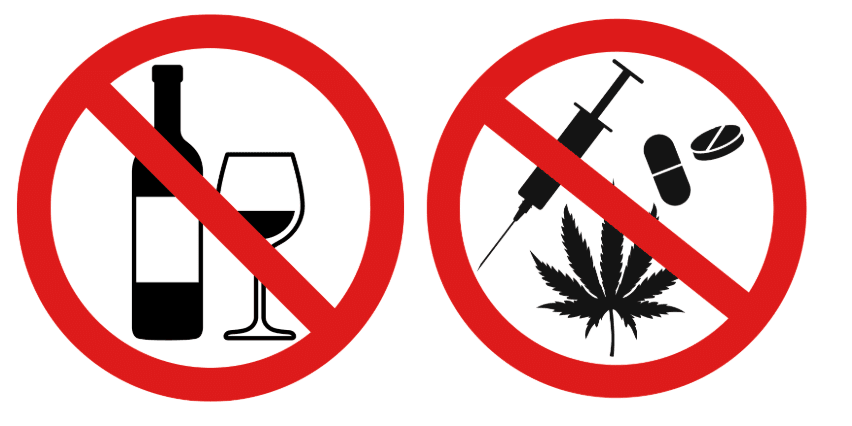Class 7 Science Chapter 6 Question Answers - Adolescence: A Stage of Growth and Change
Short Questions and Answers
Q1: What is adolescence?
Ans: Adolescence is the stage of growth and development between childhood and adulthood, typically occurring between the ages of 10 and 19. It involves rapid physical, emotional, and behavioral changes.
Q2: At what age does adolescence generally start?
Ans: Adolescence generally starts around the age of 10 years.
Q3: What is puberty?
Ans: Puberty is the stage in adolescence when the body undergoes external and internal changes to develop into an adult capable of reproduction.
Q4: What is the role of hormones during adolescence?
Ans: Hormones regulate various aspects of growth and development during adolescence, influencing physical, emotional, and behavioral changes.
Q5: What are secondary sexual characteristics?
Ans: Secondary sexual characteristics are traits that help distinguish males from females, like the development of breasts in girls or facial hair in boys, which mark the onset of puberty.
Q6: How does the voice change during adolescence in boys?
Ans: In adolescent boys, the voice box grows, leading to a hoarse voice. This is visible as the development of the Adam’s apple.
Q7: What is menstruation, and when does it start?
Ans: Menstruation is the process where adolescent girls experience a monthly discharge of blood from the uterus, marking the onset of reproductive capability, typically starting around the age of 12.
Q8: Why do acne and pimples appear during adolescence?
Ans: Acne and pimples appear during adolescence due to an increase in oily secretions from the skin, which can clog pores and lead to infections.
Q9: How do boys and girls differ in terms of body changes during adolescence?
Ans: Boys typically experience the development of a deeper voice, facial hair, and broader shoulders. Girls experience changes like breast development and wider hips, along with a menstrual cycle.
Q10: What is the importance of a healthy diet during adolescence?
Ans: A healthy diet is crucial during adolescence as it supports rapid growth and development, providing essential nutrients like proteins, vitamins, and minerals for optimal physical and mental health.
Long Questions and Answers
Q1: Discuss the physical changes that occur in both boys and girls during adolescence.
Ans: During adolescence, both boys and girls experience significant physical changes. Boys typically undergo growth in height, develop broader shoulders, and experience the growth of facial hair, such as moustaches and beards. Their voices become deeper due to the growth of the voice box (Adam’s apple). Girls also grow in height and experience the development of breasts and wider hips. Both boys and girls develop hair in the armpits and pubic regions. Additionally, boys may develop chest and back hair, although this is not universal. Pimples and acne are common for both genders due to increased oily secretions from the skin.
Q2: Explain the concept of puberty and its relation to reproductive health.
Ans: Puberty is a critical stage in adolescence where the body undergoes both external and internal changes that prepare it for reproduction. It marks the transition from childhood to adulthood. In girls, puberty is associated with the start of menstruation, which is a key indicator of reproductive capability. In boys, puberty involves the development of secondary sexual characteristics like facial hair and a deeper voice, signaling the body’s readiness for reproduction. Puberty involves hormonal changes that drive these physical transformations, preparing individuals for adulthood.
Q3: How do emotional and behavioral changes affect adolescents, and what steps can they take for positive growth?
Ans: Adolescents undergo significant emotional and behavioral changes due to the surge in hormones. They may experience mood swings, increased sensitivity, and curiosity, leading to both positive and negative behavior. These emotional changes can lead to stronger feelings of empathy, social engagement, and self-exploration, but may also cause confusion and impulsive decisions. To ensure positive growth, adolescents can engage in various activities like sports, music, or volunteering, which help them channel their emotions productively. Seeking guidance from trusted adults and maintaining healthy social relationships also aid in emotional stability.
Q4: What are the challenges and benefits of maintaining good hygiene during adolescence?
Ans: During adolescence, personal hygiene becomes increasingly important as the body undergoes significant changes. Good hygiene, especially in areas like the armpits, face, and pubic region, helps prevent infections and body odor. Girls, in particular, must maintain menstrual hygiene to ensure comfort and health. While maintaining hygiene can be challenging due to the increase in sweat and body changes, it is essential to prevent skin conditions like acne and other infections. Using sanitary pads during menstruation, regularly washing the face, and wearing clean clothes are simple yet effective ways to maintain hygiene and support overall health.
Q5: Discuss the risks associated with substance abuse during adolescence and how to avoid them.
Ans: Adolescence is a period marked by curiosity and peer pressure, which can make adolescents more susceptible to trying harmful substances like tobacco, alcohol, and drugs. These substances can have serious effects on physical and mental health, leading to addiction, lung damage, memory loss, and other severe health issues. It is important for adolescents to understand the risks of substance abuse and to make informed decisions. They can avoid these risks by saying "NO" to peer pressure, seeking support from family and teachers, and engaging in healthy activities like sports and hobbies. Educating adolescents about the harmful effects of substances and providing a supportive environment helps them make healthier choices.
|
80 videos|319 docs|12 tests
|
FAQs on Class 7 Science Chapter 6 Question Answers - Adolescence: A Stage of Growth and Change
| 1. What are the main physical changes that occur during adolescence? |  |
| 2. How do emotional changes during adolescence affect relationships? |  |
| 3. What role do peer pressure and social influences play in adolescence? |  |
| 4. Why is it important for adolescents to develop a positive self-image? |  |
| 5. How can parents support their children during the adolescent stage? |  |
















